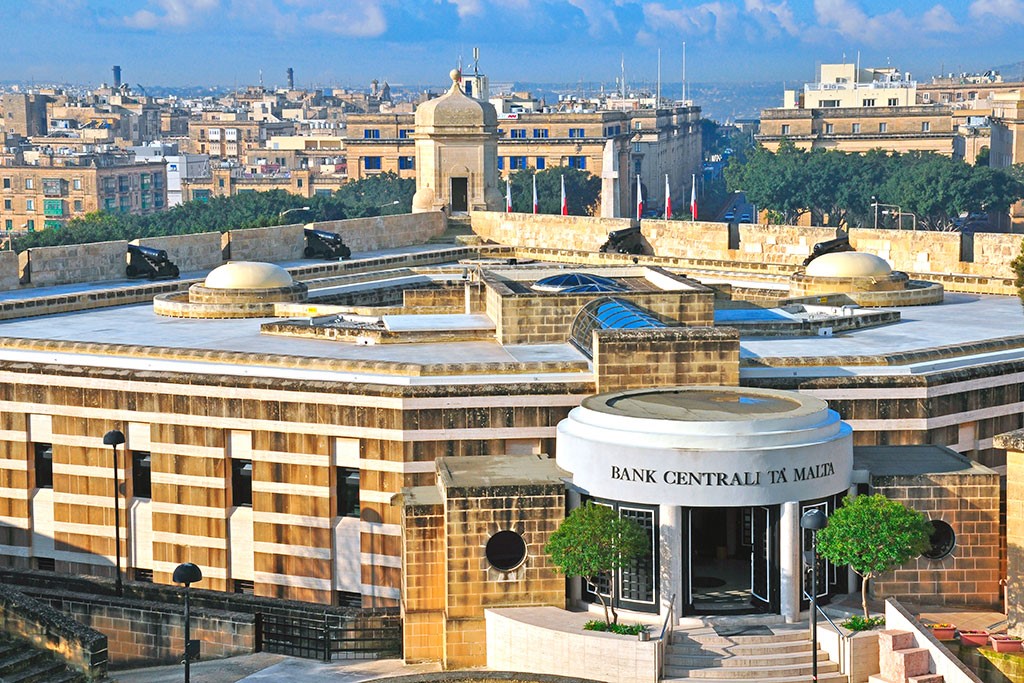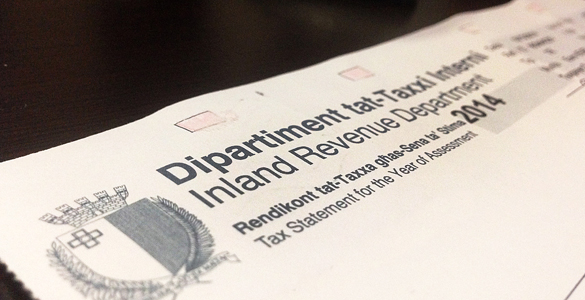Malta’s banking sector is resilient, with banks reporting strong liquidity, improving asset quality, and healthy capital levels, allowing it to withstand “extreme stress” including “bank-run type events”, according to the Central Bank of Malta (CBM).
From a new report on Malta’s financial stability emerges an optimistic impression of local banks’ ability to absorb the impacts of downturns, although higher household leverage and a concentration of exposure to real estate are points of concern.
The report, present by Alan Cassar, chief officer for financial stability and statistics at the CBM, also showed that the non-performing loan ratio has fallen to below pre-pandemic levels, while banks are shielded from the impact of rising interest rates as most securities are classified as held-to-maturity – an indicator thrown into the spotlight following the collapse of Silicon Valley Bank in the US.
Meanwhile, stress test results demonstrate resilience, with banks well capitalised “to absorb scenario-based losses over a three-year horizon”.
Non-banks also remained resilient. Life and non-life insurance operators’ solvency ratios are significantly above regulatory requirements, while investment funds continued to report very strong leverage and strong liquidity, while the duration of their portfolios fell.
However, the robust growth in mortgages has seen the share of these type loans for core domestic banks increase from 26 per cent in 2004 to 55 per cent by June 2023.
In “very adverse scenarios”, vulnerabilities emerge for those at the lower end of the income distribution, while some individual banks are more vulnerable than others due to their business model.
Top 5% of taxpayers responsible for one-third of all income tax paid in Malta
On the other hand, the bottom third of income earners pay just 1.7% of all income tax generated
The Malta Institute of Accountants prepares for its 2024 Anti-Money Laundering Conference
Held at the Radisson Blu, St Julians, this latest AML Conference promises to bring exclusive insights on new procedures
Eurozone interest rates to remain unchanged
The European Central Bank noted that price pressures remain persistent






